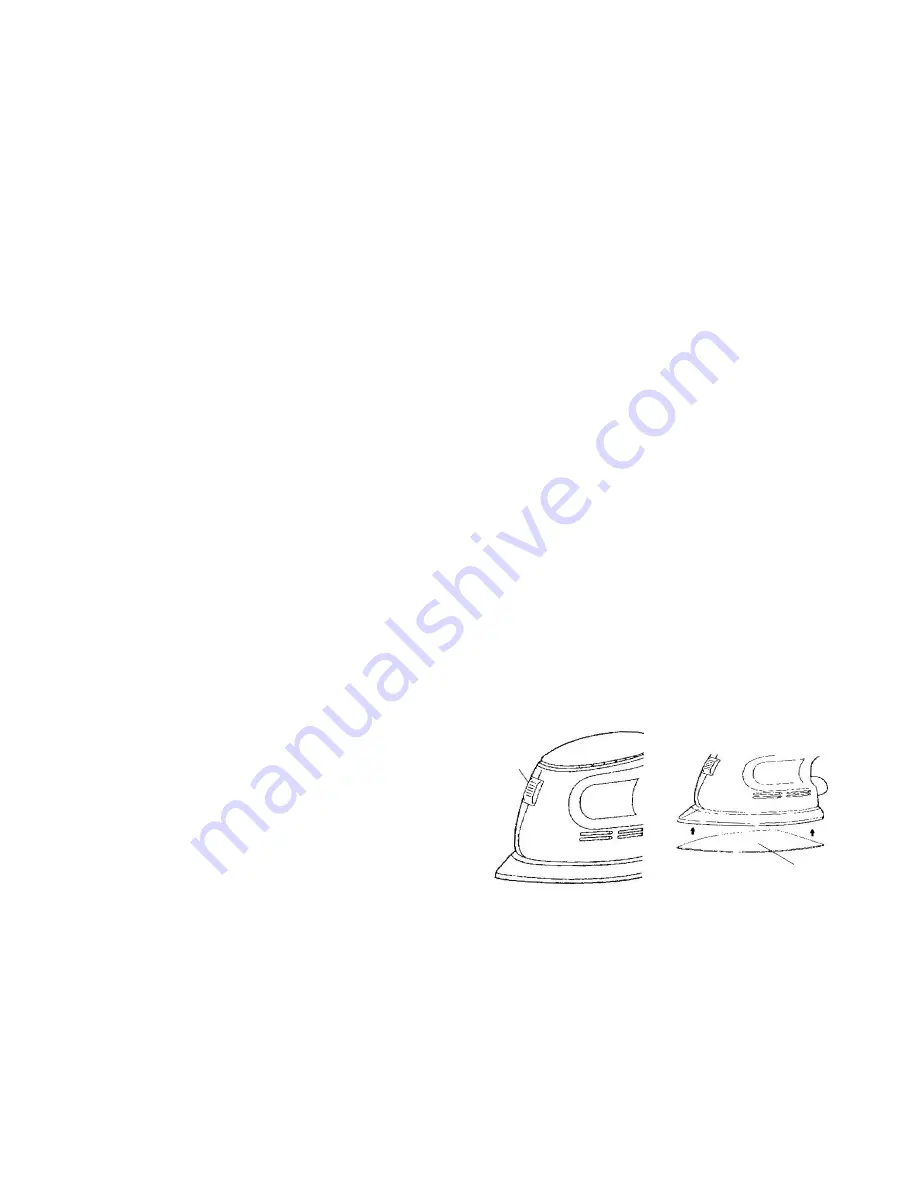
for any technical questions, please call 1-800-665-8685
4
vIbratIOn PrecautIOns
this tool vibrates during use.
Repeated or long-term exposure to vibration may cause temporary or permanent
physical injury, particularly to the hands, arms and shoulders.
1. anyone using vibrating tools regularly or for an extended period should first be examined by a doctor
and then have regular medical check ups to ensure medical problems are not being caused by or
worsened from tool use.
Pregnant women or people who have impaired blood circulation to the hands, past
hand injuries, nervous system disorders, diabetes or Raynaud's Disease should not use this tool. If you feel
any medical symptoms related to vibrations (such as tingling, numbness, and white or blue fingers), seek
medical attention as soon as possible.
2. Do not smoke during use.
Nicotine reduces the blood flow to the hands and fingers, increasing the risk of
vibration-related injury.
3. wear suitable gloves to reduce the vibration effects on the user.
4. use tools with the lowest amount of vibration when there is a choice between different processes.
5. Do not use for extended periods.
Take frequent breaks when using this tool.
6. let the tool do the work.
Grip tool as lightly as possible (while still keeping safe control of it).
7. to reduce vibrations, maintain tool as explained in this manual.
If abnormal vibrations occur, stop using
this tool immediately.
sPecIfIc safety InstructIOns
1. use an appropriate dust respirator when sanding for an extended period of time.
This will help prevent
breathing in the fine dust created while sanding.
cautIOn:
some wood contains preservative such as copper chromium arsenate (cca), which can be toxic.
When
sanding these materials extra care should be taken to avoid inhalation and minimize skin contact.
2. always disconnect the sander cord plug from the receptacle before changing abrasive sheets.
OPErATING INSTrUCTIONS
this sander is designed for use in sanding and polishing areas that are hard to reach such as corners and
edges.
The pointed front allows for easy access where other sanders cannot reach.
selectInG tHe rIGHt abrasIve GrIt
selecting the correct size and type of abrasive grit is extremely important in achieving a high quality sanded
finish.
Aluminum oxide, silicone carbide and other synthetic abrasive are best for power sanding. To produce the
best finish possible, start with a coarse grit sanding paper and gradually change to finer and finer grit sandpapers.
A final sanding with a well-worn fine sandpaper will produce a professional looking finish that in many cases will not
need hand sanding.
attacHInG sanDPaPer
1. Disconnect sander from the power source.
2. the sander uses a hook and loop backed
sandpaper that is attached to
the sanding base by simply pushing the
sandpaper on to the base.
There are no
retainer clips to hold the paper in place.
3. to attach the sandpaper, simply align the dust
extraction holes on the base with the holes in
the paper and press firmly to all segments of the
sheet ensuring a firm contact.
4. Prior to attaching the sandpaper, make sure the
base is free of dirt, dust and foreign matter.
5. replacement sandpaper is available at your
nearest Princess auto.
8056640
fIG. 1
On/Off
Switch
fIG. 2
On/Off
Switch






























